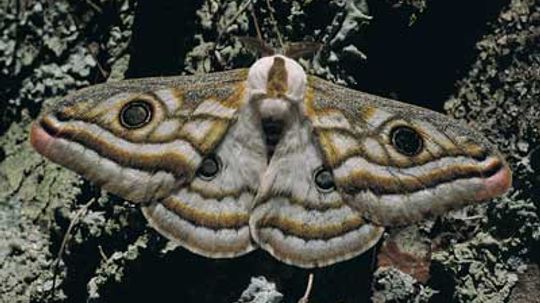Delving into the captivating world of moths and their inexplicable affinity towards luminosity.
A Mysterious Attraction
Unveiling the enigmatic allure that draws moths to light sources, a phenomenon that has puzzled scientists for centuries. These nocturnal creatures exhibit an unwavering fascination with illumination, often leading them astray from their natural habitats. Despite numerous theories attempting to explain this behavior, the true reasons behind their attraction remain shrouded in mystery.
An Evolutionary Conundrum
Exploring potential evolutionary explanations for this peculiar inclination, researchers have proposed various hypotheses. One theory suggests that moths are instinctively drawn to light as it mimics celestial navigation cues they rely on during nighttime migration. Another hypothesis posits that artificial lights disrupt moth’s internal compasses, causing disorientation and ultimately leading them off course.
The Science Behind Phototaxis
Diving deeper into the scientific realm of phototaxis—the movement of organisms in response to light—moths’ attraction can be attributed to their innate positive phototactic behavior. This means they are naturally inclined towards sources of light due to specific sensory receptors called ocelli located on their wings and bodies. These specialized structures enable moths to detect even faint traces of light, triggering an irresistible urge within them.
Inconclusive Findings and Ongoing Research
Despite extensive research conducted over decades, conclusive evidence regarding why moths are attracted to light remains elusive. The complexity surrounding this phenomenon continues to captivate scientists worldwide who strive tirelessly in unraveling nature’s secrets. By delving further into moth behavior patterns and conducting controlled experiments under varying conditions, we inch closer to comprehending this mesmerizing aspect of the natural world.
Unraveling Nature’s Enigma
In conclusion, moths’ attraction to light remains an unsolved puzzle that continues to intrigue and baffle researchers. As we delve deeper into their nocturnal world, the allure of illumination becomes even more fascinating. While theories abound, the true reasons behind this behavior remain veiled in obscurity. Perhaps it is through ongoing scientific exploration and unwavering curiosity that we will eventually shed light on this captivating enigma.

